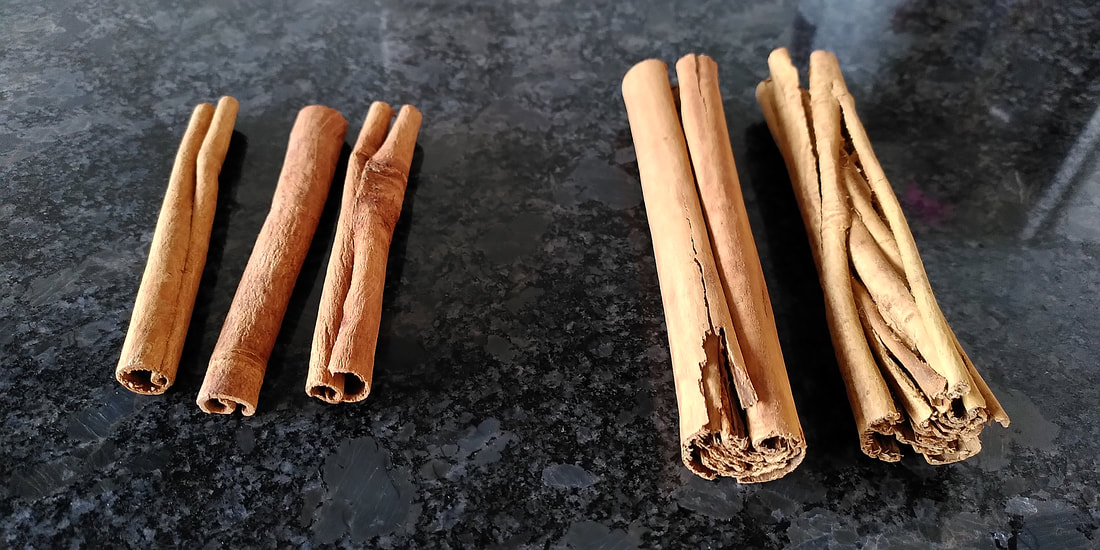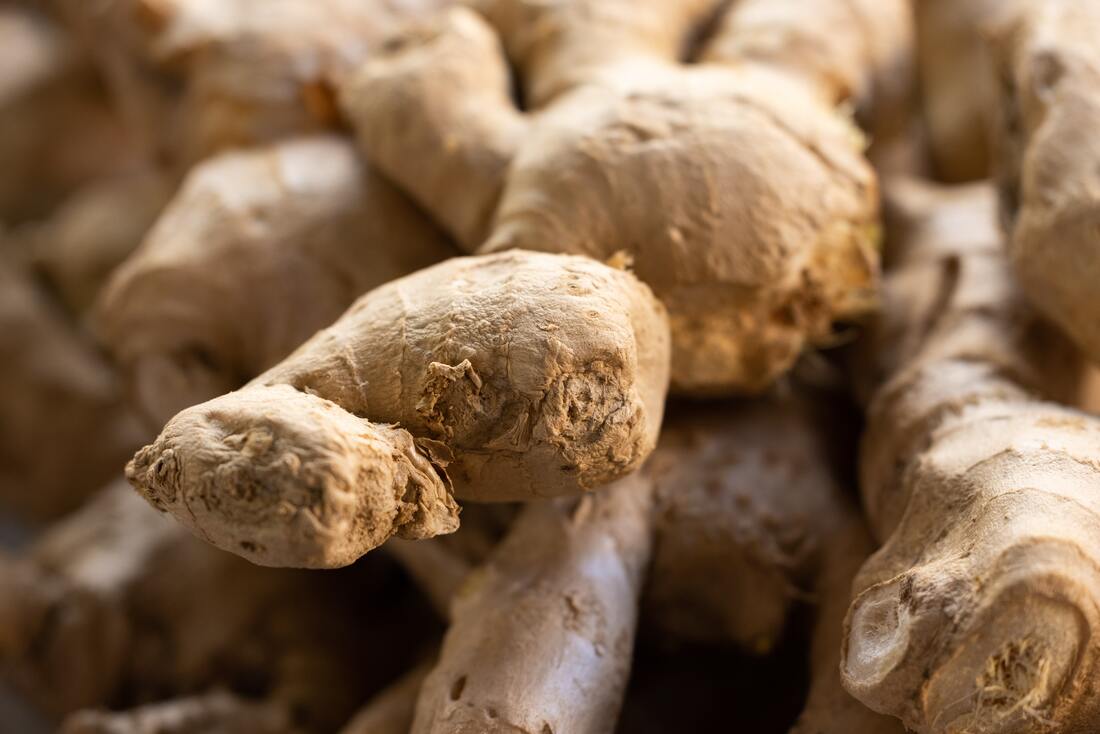If you go to the mountains or in a city in Switzerland and walk into a café with a bakery, you may get a warm drink and, order a zvieri, a snack like Apfelstrudel with cream or vanilla sauce. Or you may take home something from a mountain bakery, like a Birnenbrot, perhaps a Zimtschneken from a regular city bakery, or make Swiss traditional Christmas cookies like Zimtstern, never giving it a second thought. We may associate these with Switzerland but never really realized that one key ingredient which has become traditional food, does not have its roots here but in faraway places. I am referring to Cinnamon. It sits in the spice cupboard of most households in Switzerland and probably Europe but we don't give a second thought about where it comes from, what it actually is or what it does to our bodies. Europeans went in search of spices in the 15th century, which were previously lacking or expensive if they actually managed to get them. This led to colonization of lands, so that the supply of spices became commonplace, as it is today.
Cinnamomum has 2 varieties: Cinnamomum verum and Cinnamomum cassia. C. verum means "true cinnamon," which comes from Sri Lanka and is more expensive, as it is rarer. C. cassia or just Cassia is originally from China and has multiple varieties that is now grown in Indonesia, Vietnam and many other South-East Asian countries. Most of the Cinnamon that we get in our stores is actually Cassia, which has a stronger, pungent scent than true Cinnamon and is obviously cheaper, as more countries grow and produce it. If you look at the picture above, you will the see the 2 quills with many thin layers on the right, packed together to create 2 thick quills. This is Cinnamomum verum, true Cinnamon from Sri Lanka. The other 3, which are one thick bark curled to form the quill, are Cinnamomum cassia. In Malaysia, which also grows Cassia, we call Cinnamon Kayu Manis - Sweet Wood. It is often used in curries but seldom in sweet foods.
In Chinese Medicine, we use Cassia regularly. In fact, it has many classical formulae In the Chinese Materia Medica with Cassia as a base. In the Shang Han Lun (Treatise on Cold Disease) written in ca. 200 CE by Zhang Zhong Jing, Cassia-based formulae are some of the most important formulae to treat cold conditions. We have 2 forms of Cassia that we use: Guì Zhī, Saigon Cassia Twig and Roù Guì, Saigon Cassia Inner Bark. Both have spicy and sweet flavors, but their temperature differs; the twig is warm and the bark is hot. It makes sense that the younger twigs would be less hot than the inner bark of an older tree. Their organs and functions slightly differ too. Guì Zhī enters the organs of the Heart, Lung and Bladder, while Roù Guì enters the Heart, Kidney, Liver and Spleen. Both will warm and enter the Heart, as such a very important herb in treatment of issues that affect the chest, like chest colds, palpitations or even circulation issues. They can also be used for edema, or swellings in the body, which is often an issue of the lack of circulation of Yang in the body. If you are experiencing any of these themes, talk to your practitioner about using Herbal Medicine.
There is a school of thought in Chinese Herbal Medicine called the Fire School. The basic precept of this school of thought is that humans come into the world with a strong Yang capacity, i.e. the capacity to self-heal. As we get older and/ or drain our Life Essence, this capacity to self-heal diminishes. One of the herbs that this school of thought favors in its treatments is Cinnamon, as it is seen as an herb that will replenish the Yang in the body.
Cinnamon is one of those underrated herb. We use it in so many dishes and desserts yet we barely give it our attention as a medicine. But we also know that as a spice, if we put too much of it in a dish, it can be unpleasant and even nauseate. As stated in previous blogposts - Food is Medicine. Use Cinnamon sparingly in a dish but use it regularly. Drink the Indian Chai Masala regularly on cold days; it contains Cinnamon and Ginger, as well as other herbs that warm the body. Put a dash of powdered Cinnamon in your oatmeal, or in your apple compote. It brings a little zing into an otherwise plain food, in terms of flavor, but supplements warmth that we are lacking at this present moment in winter.
Image Cinnamon by Elaine



 RSS Feed
RSS Feed